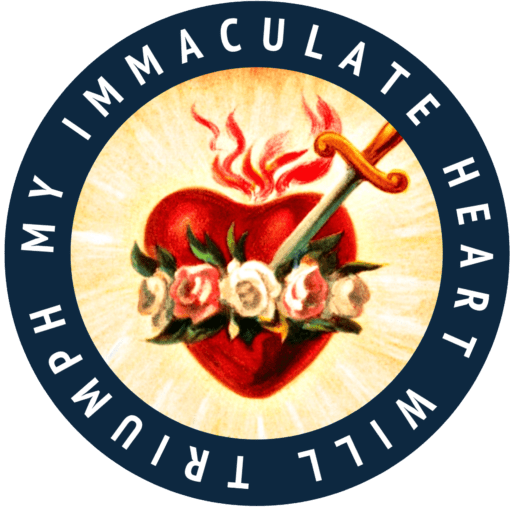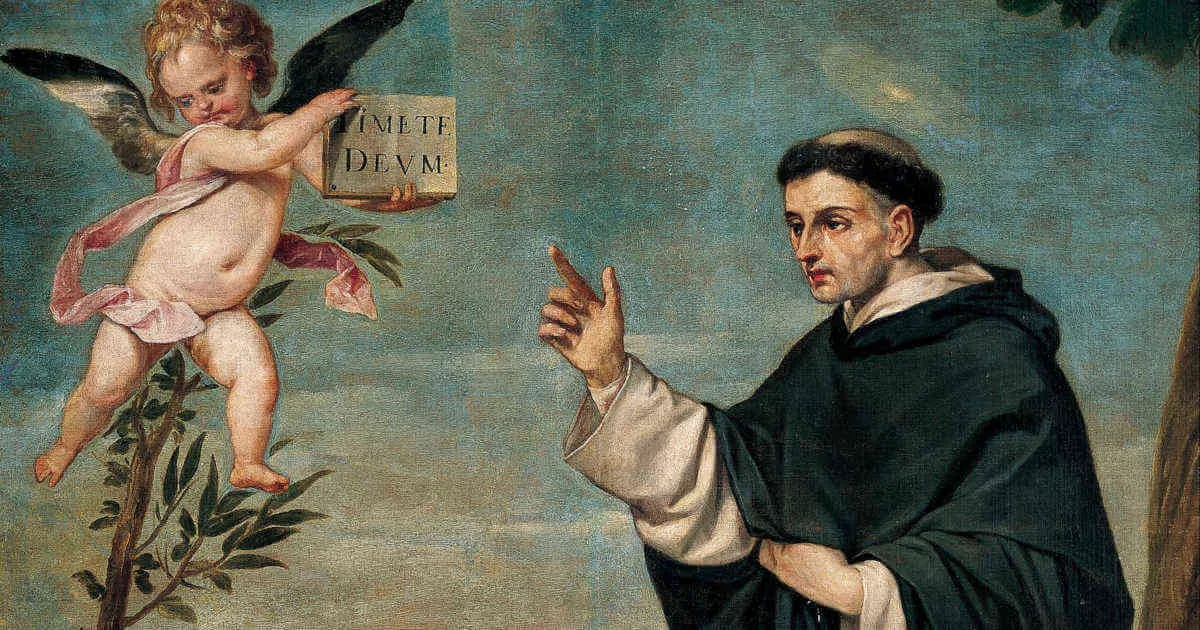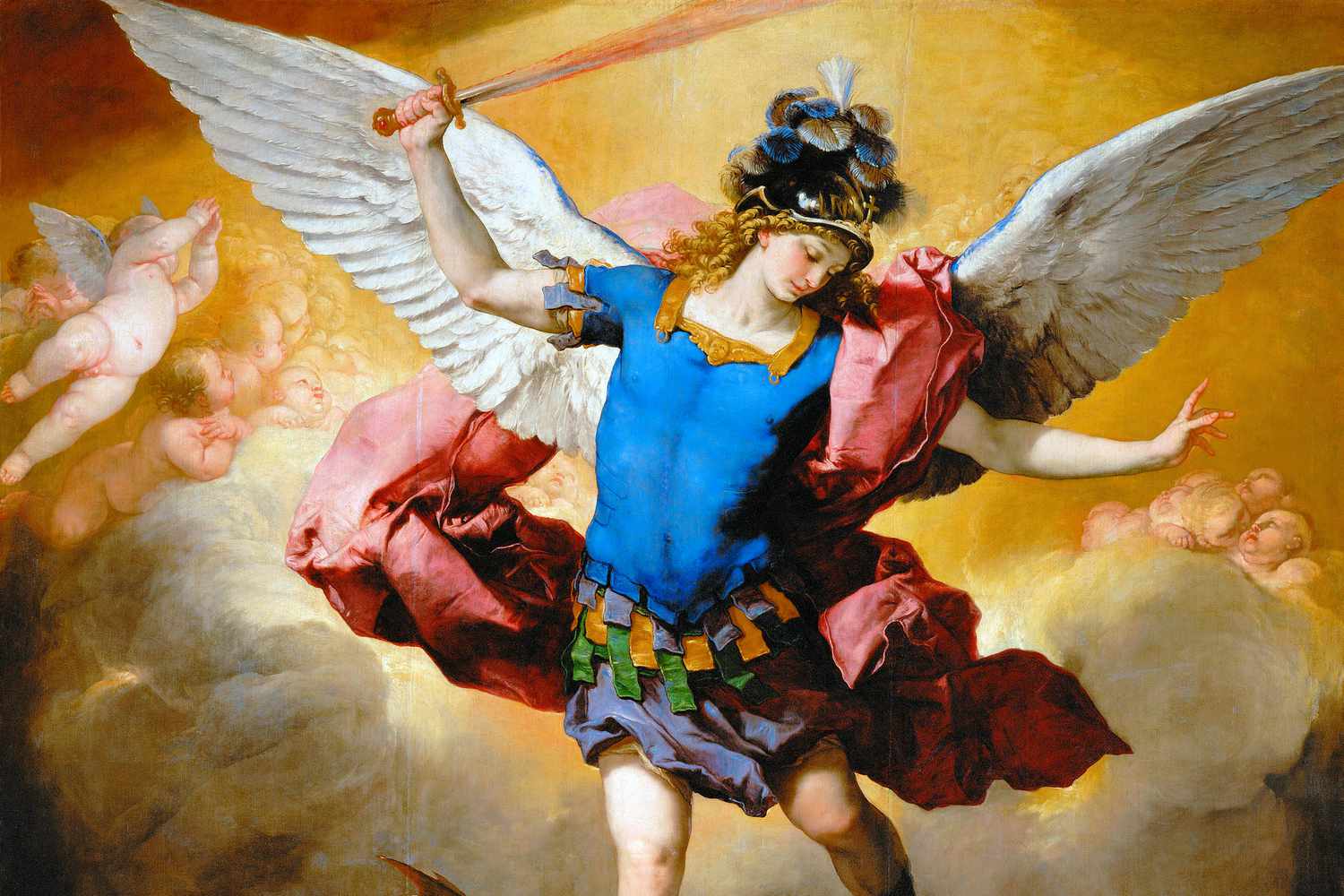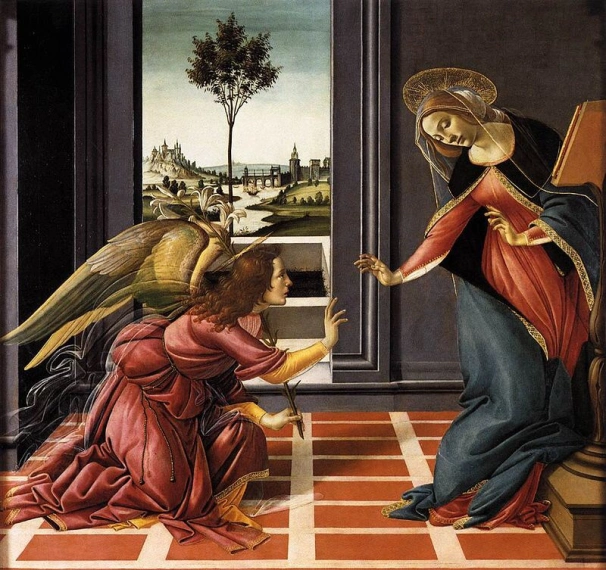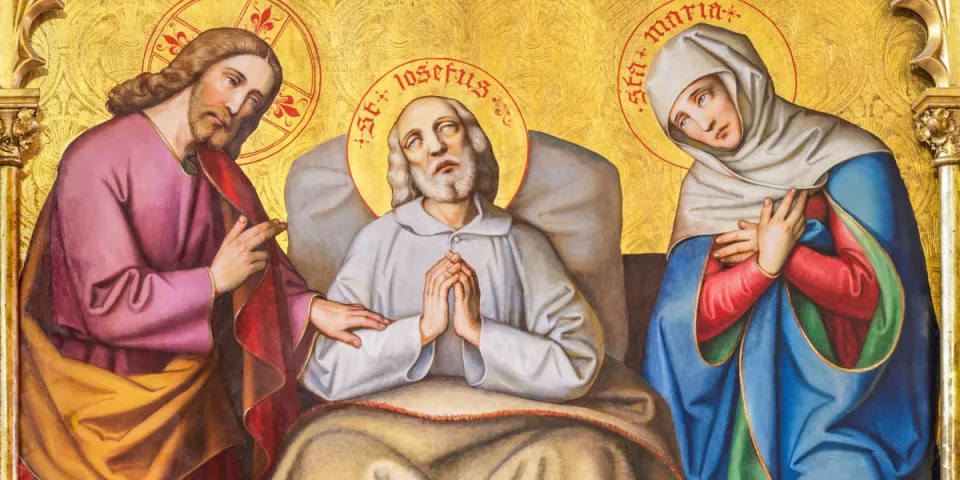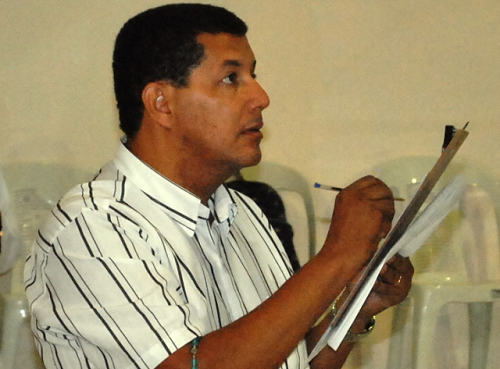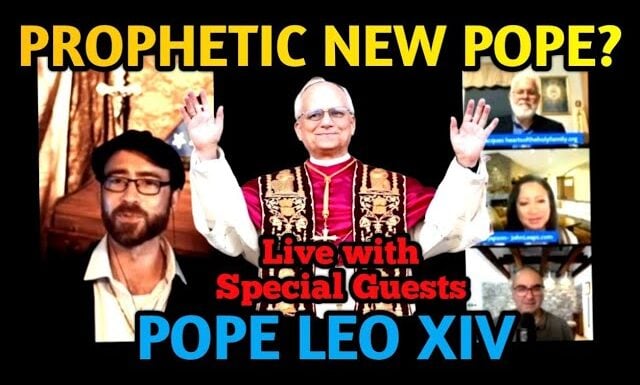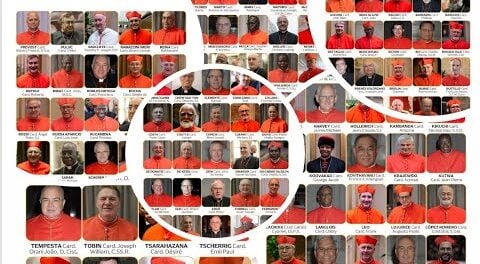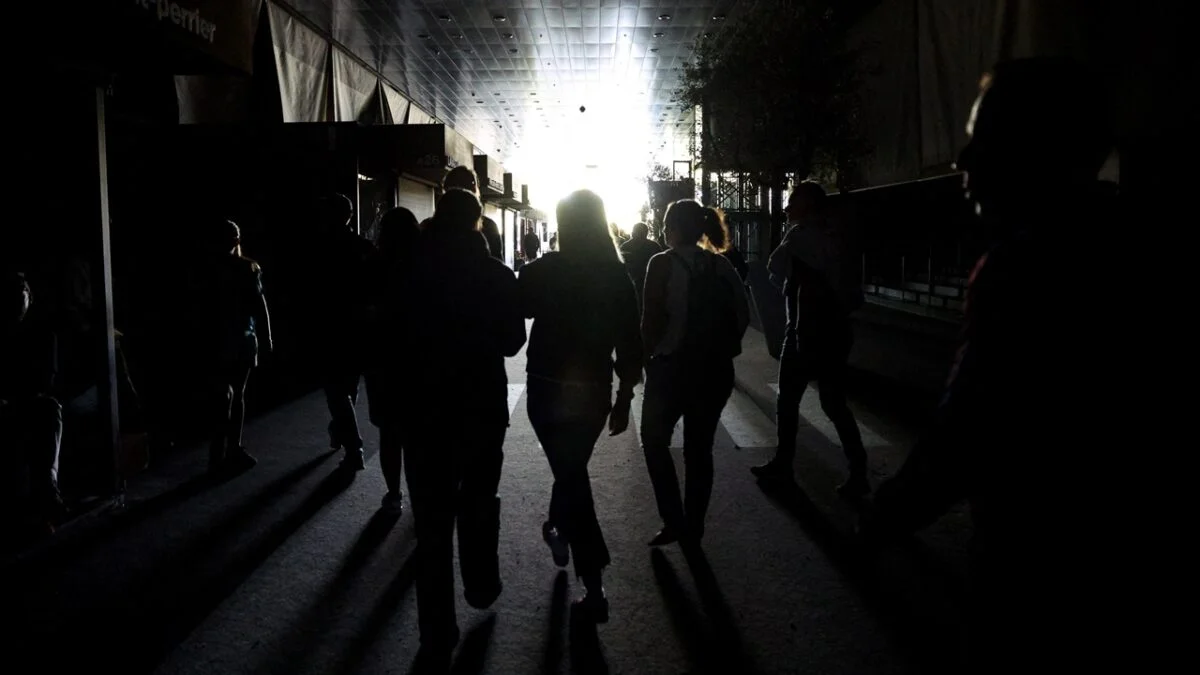
Month: August 2024
-
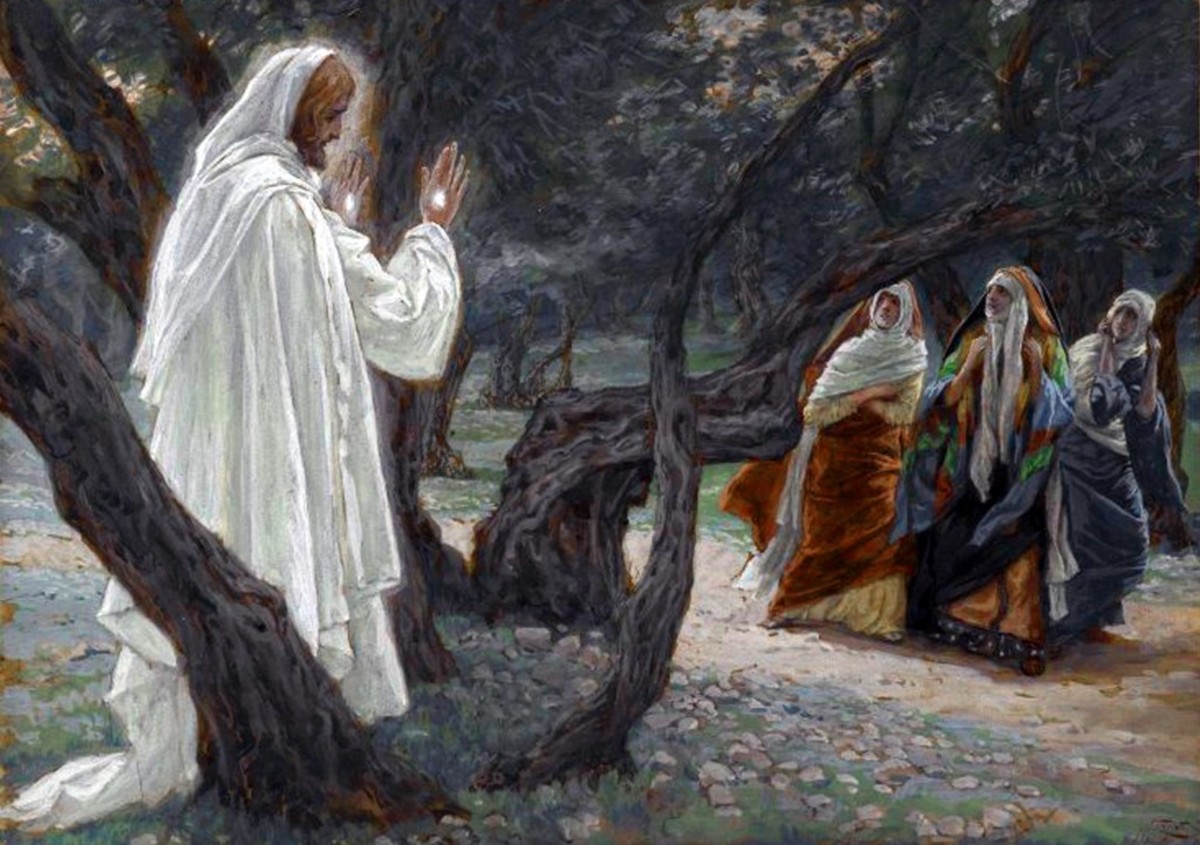
Faith Beyond Facts: 5 Catholic Miracles That Science Can’t Explain
Read More: Faith Beyond Facts: 5 Catholic Miracles That Science Can’t Explain1. The Miracle of the Sun at FatimaIn 1917, over 100,000 people witnessed the sun dancing in the sky of Fatima, Portugal. “The sun started spinning like a pinwheel, casting multi-colored lights all over the place.” Skeptics and faithful were left stunned, says Scheel. It is one of the most documented and extraordinary miracles in…
-
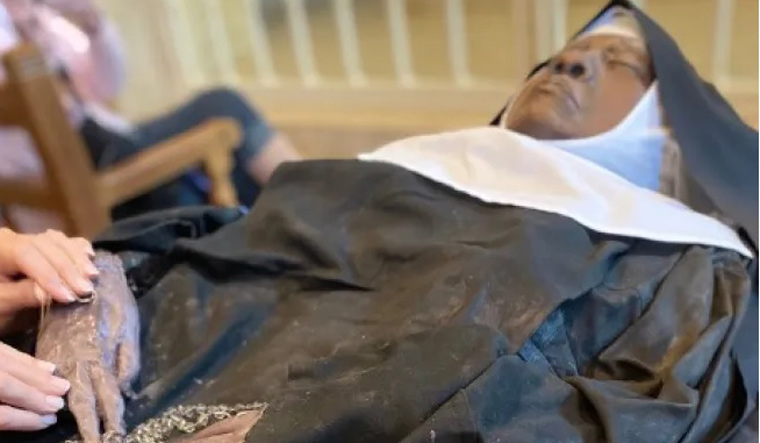
Miracle in America: Medical Report Confirms Another Nun’s Body Incorrupt
Read More: Miracle in America: Medical Report Confirms Another Nun’s Body IncorruptFollowing a months-long investigation, the bishop of Kansas City-St. Joseph, Missouri, has concluded that the body of a Midwestern nun buried in 2019 appears to be “incorrupt.” “Within the limits of what has been observed during this time, the body of Sister Wilhelmina Lancaster does not appear to have experienced the decomposition that would…
-
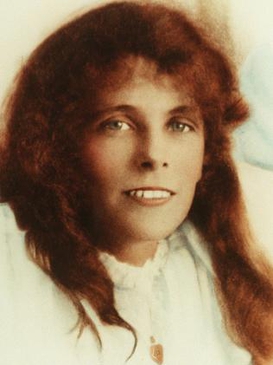
Australia Sends Its Next Sainthood Cause to the Vatican!
Read More: Australia Sends Its Next Sainthood Cause to the Vatican!According to The Catholic Weekly, Archbishop Anthony Fisher “officially signed off on the final decree for the acts of the cause at Cathedral House, alongside members of the Eileen O’Connor tribunal and the historical commission, who hope the Servant of God will become Australia’s second saint.” So far, Australia has one canonized saint, Mary MacKillop. The…
-
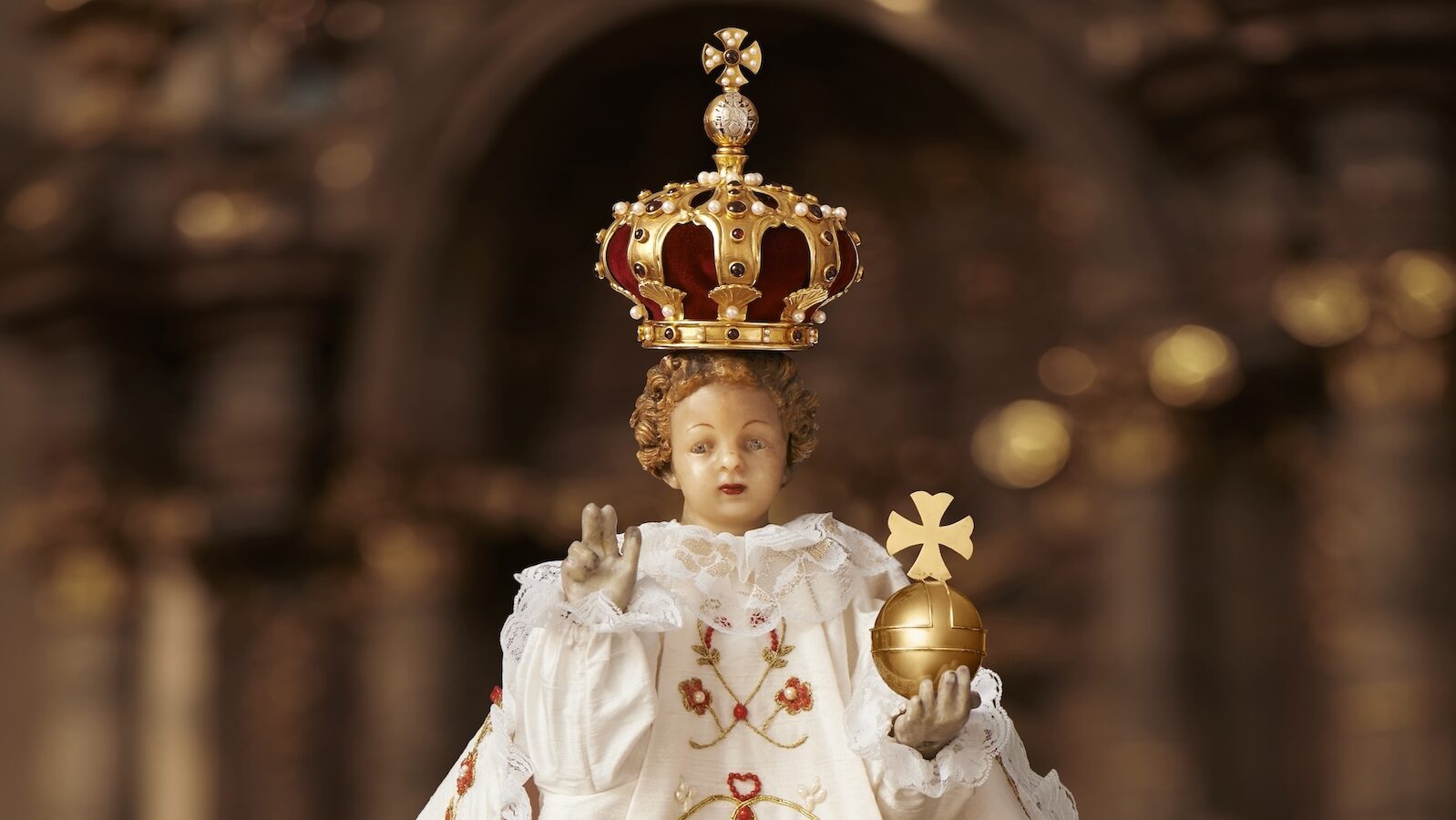
Miraculous Infant of Prague Prayer
Read More: Miraculous Infant of Prague PrayerJesus unto Thee I flee,Through Thy Mother praying Thee,In my need to succor me.Truly, I believe of TheeGod Thou art with strength to shield me;Full of trust, I hope of TheeThou Thy grace wilt give to me.All my heart I give to Thee,Therefore, do my sins repent me;From them breaking, I beseech Thee,Jesus, from their…
Search
Popular Posts
-
🙏 A New Chapter Begins: Supporting Pope Leo XIV with Prayer and Hope | W/ Daniel O’Connor
“Give the new pope a break and support him with your prayers.”–…
-
Possible Candidates for The Next Pope!
Some Candidates for the New Papacy Today we will share with you…
Categories
Archives
Tags
#Miracles (102) 2023 (4) 2024 (4) approved miracles (2) catholic (141) catholic blog (375) catholic meditations (7) catholic miracles (371) catholic motivation (2) catholic news (371) catholic prayers (4) CatholicSeers (359) catholic vlog (375) catholic websites (6) Eucharistic miracle (2) fr jim blount (3) GisellaCardia (11) hamas (3) imitation of christ (2) Israel (4) israel live (5) Israel news (9) jesus (3) jesus christ (4) Latest messages (11) lent 2023 (10) lent 2024 (4) lent homily (2) lent retreat (4) lent retreat 2023 (3) Lourdes (2) messages from god (6) MessagesFromHeaven (364) miracles of catholic church (2) mother and refuge (2) ourlady (325) OurLadyApparitions (22) our lady of lourdes (2) Pope (2) POPE francis (3) pope francis news (2) prayers (3) real miracles (356) sacred heart of jesus (2) The Miracles of Lourdes (2)
